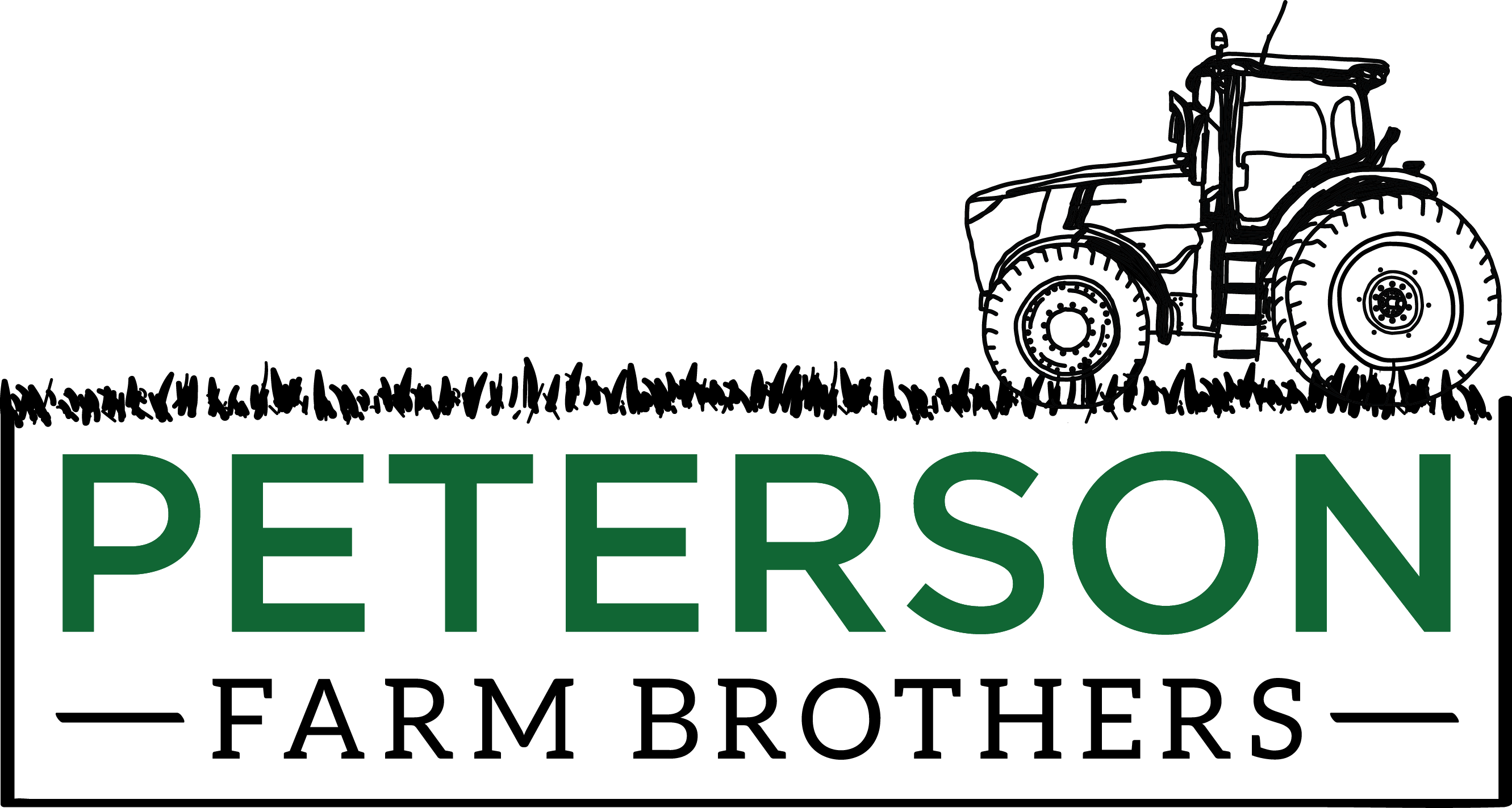- Why Do We Raise Animals for Food and Products?
- The Welfare of Livestock Today
- Conclusion: The Welfare of Livestock Compared to the Welfare of Humans, Pets, Wildlife
Humans: Many humans live extremely luxurious lives. However, there is more human suffering in our world today than many realize. There are 30 million human slaves still living in the world. 80% of those involve sexual exploitation. There are 3 billion people living in poverty. 1.3 billion of those people live on less than $1.25 a day. There are 870 million people who are chronically undernourished. Each year, 4 million women suffer from domestic abuse and 3 million children suffer from child abuse. 3.5 million people in the United States are homeless. Millions also suffer every day from diseases, injuries, emotional trauma, and mental illness.
Livestock: There are over 10 billion livestock animals in the United States. These animals (including the “factory farmed” ones) are provided with plentiful food and water. Livestock animals are never homeless, undernourished, or sexually abused. Most of their lives are spent eating, standing, lying down, or sleeping. They are in most cases protected from predators, harsh weather, and each other (power struggles can result in injury or death). The goal of every livestock farmer is to minimize stress as it results in the greatest growth in production. So, while a few cases of abuse to livestock animals are reported each year, this practice is certainly not the norm, and would be considered extremely rare in every livestock circle. The majority of livestock farmers take better care of their animals than some parents take care of their kids. Disease, injury, and illness affect livestock animals in similar ways to humans, but farmers and veterinarians do everything they can to prevent these causes of suffering. As many are quick to point out, livestock animals are indeed slaughtered at the end of their lives, but today’s slaughtering methods are as humane as possible (no pain or stress to the animal) and provide food and products to millions of people around the globe.
Wildlife: Animals in the wild spend their entire lives hunting for food and water. They endure disease, injury, illness, and pain just like humans and livestock. They also must fend for themselves from the weather. Each wild animal (that is not on the top of the food chain) is at the risk of being ripped apart and eaten by predators and/or killed off by animals of the same species in power struggles. Human activity (Cities, roads, industry, etc.) threatens the existence of thousands of species each year. Millions of animals suffer and die in nature. The deaths of wildlife animals (excluding hunting) provide little to no benefit to humans in terms of food or products.
Pets: Most pets have extremely comfortable lives, similar to livestock. Food, water, health care, and protection from the elements are provided to pets. Pets spend most of their lives lying around in a stress free environment. However, 6-8 million pets are placed in animal shelters each year. 3-4 million of them are euthanized each year. The death of these pets provides little to no benefit to humans in terms of food or products.
In conclusion: We live in a world full of suffering. We should be doing everything we can to help to reduce and eliminate this suffering in every species around the world. However, we need to keep our priorities in check:
- We should do our absolute best to take care of our pets, but they are more of a luxury than a necessity. (Their lives/deaths do not provide products to humans)
- We should do all we can to protect the environment and ecosystems of wildlife animals, but how can we reduce the suffering that goes on naturally in nature? (The wild while natural and beautiful is also a gruesome, dangerous place)
- Humans undergo the most suffering and abuse on the list. That is extremely sad to me. We should do our best to take care of our own and think of helping others more than we think of pleasing ourselves. Reducing human suffering should be of the highest priority!
- Livestock animals, on the other hand, are among the creatures that undergo the least amount of suffering on this list. Yet so many people complain and point fingers at the treatment of these animals. Where is the uproar about human suffering? Why aren’t more people human activists? There are definitely ways we can improve our treatment of livestock animals and we should pursue those. However, to expect perfection in livestock production (or any of these categories) is unrealistic in an imperfect world. The use of livestock animals provide food, products, money, and labor to billions of people. Their lives (and inevitable deaths) are what many humans rely on to survive in poverty-stricken countries.
Most would agree that a human life is more valuable than any other life on the planet, but even if you disagree with that statement you must realize that if you want to reduce suffering here on the earth, it has to start with humans. It has to start with us!
